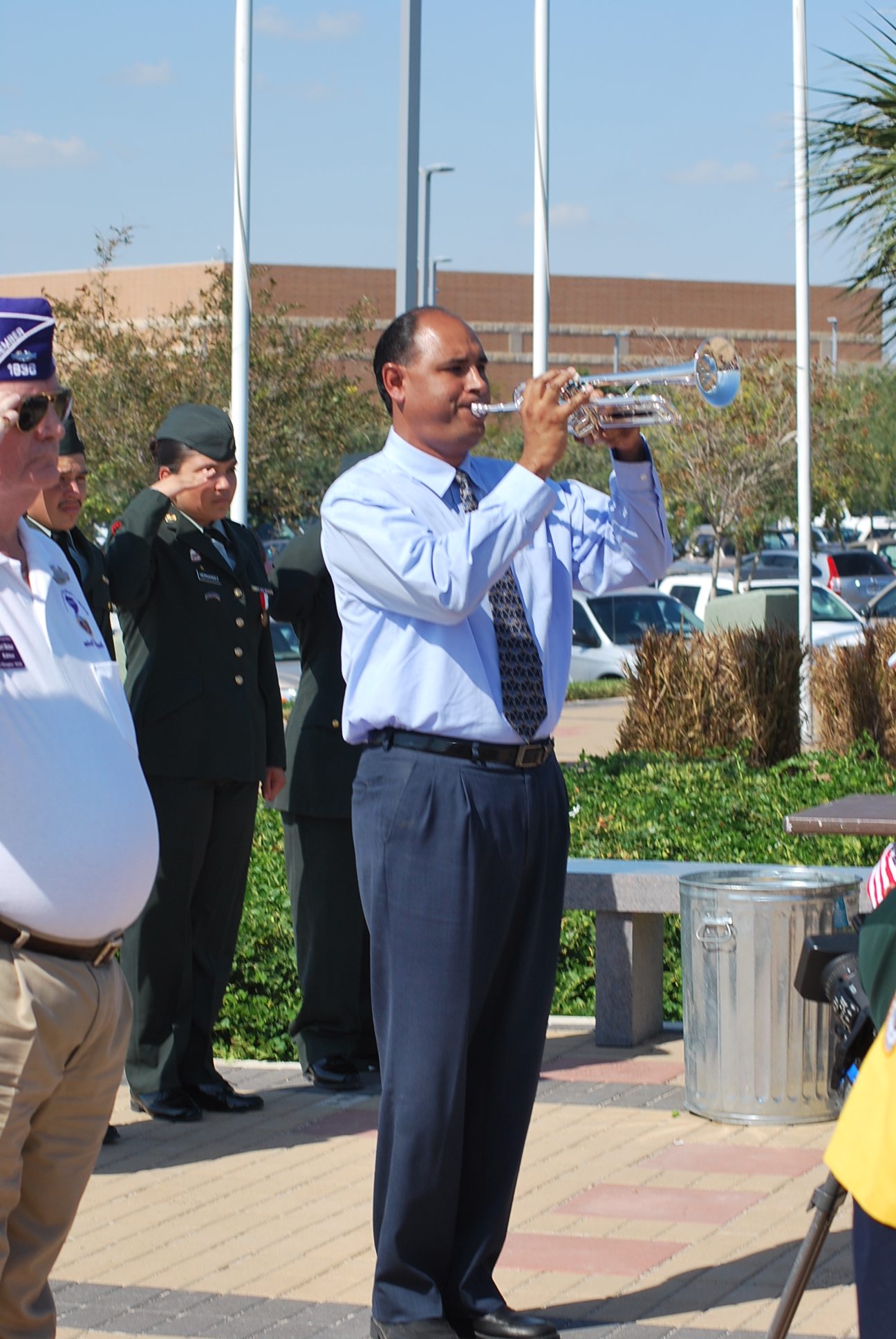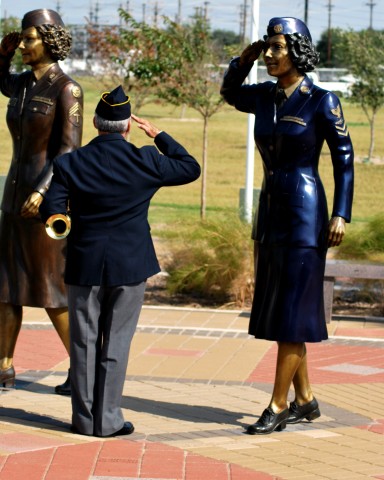Memorial Day Background and History

Memorial Day, which originally was called Decoration Day, is a patriotic holiday
to honor and remember the sacrifices of those who served in the military and gave their lives for this country. While there is a debate on when the holiday actually
began, tradition has it that women in the South set aside May 30th as the day to honor those that had died in the
Civil War. Three years after the Civil War ended, Major General John Logan,
head of a veterans organization called the Grand Army of the Republic,
issued General Order number 11 which called for the decorating of the graves
of those that had died during the Civil War with flowers on May 30, 1868. Gen. Logan’s order for his posts to decorate graves in 1868 “with the choicest flowers of springtime”
urged: “We should guard their graves with sacred vigilance. ... Let pleasant paths invite the coming and going of reverent visitors and fond mourners. Let no neglect,
no ravages of time, testify to the present or to the coming generations that we have forgotten as a people the cost of a free and undivided republic.”
The holiday continued to grow and was held throughout the country to remember those that had died during the Civil War. By the end of the 19th century, Memorial Day ceremonies
were being held on May 30 throughout the nation. State legislatures passed proclamations designating the day, and the
Army and Navy adopted regulations for proper observance at their
facilities. Then after World War I, the holiday was expanded to include all those
service members that had died in all the wars and conflicts of our nation.

Memorial Day continued to be observed on May 30th until Congress
declared it a national holiday in 1971 as part of the Uniform Holiday Bill (Public Law 90-363 (82 Stat.
250)). Memorial Day was then set to be held on the last Monday in May. In 2000, Congress also passed The National Moment of Remembrance Act, which encourages all Americans
to pause wherever they are at 3 p.m. local time on Memorial Day for a minute of silence to remember and honor those who have died in service to the nation.
Different communities celebrate this holiday in different ways. Most communities place flowers on the graves of service members, fly flags at half-staff, some hold parades,
and those close to ports set tiny ships filled with flowers afloat in the sea.
"The muffled drum's sad roll has beat
The soldier's last Tattoo;
No more on life's parade shall meet
That brave and fallen few.
On Fame's eternal camping ground
Their silent tents are spread,
And glory guards, with solemn round
The bivouac of the dead."
- Excerpt from "THE BIVOUAC OF THE DEAD"
by Theodore O'Hara, 1847
Educational Materials
Memorial Day Presentation: [PDF] | [Powerpoint]
References